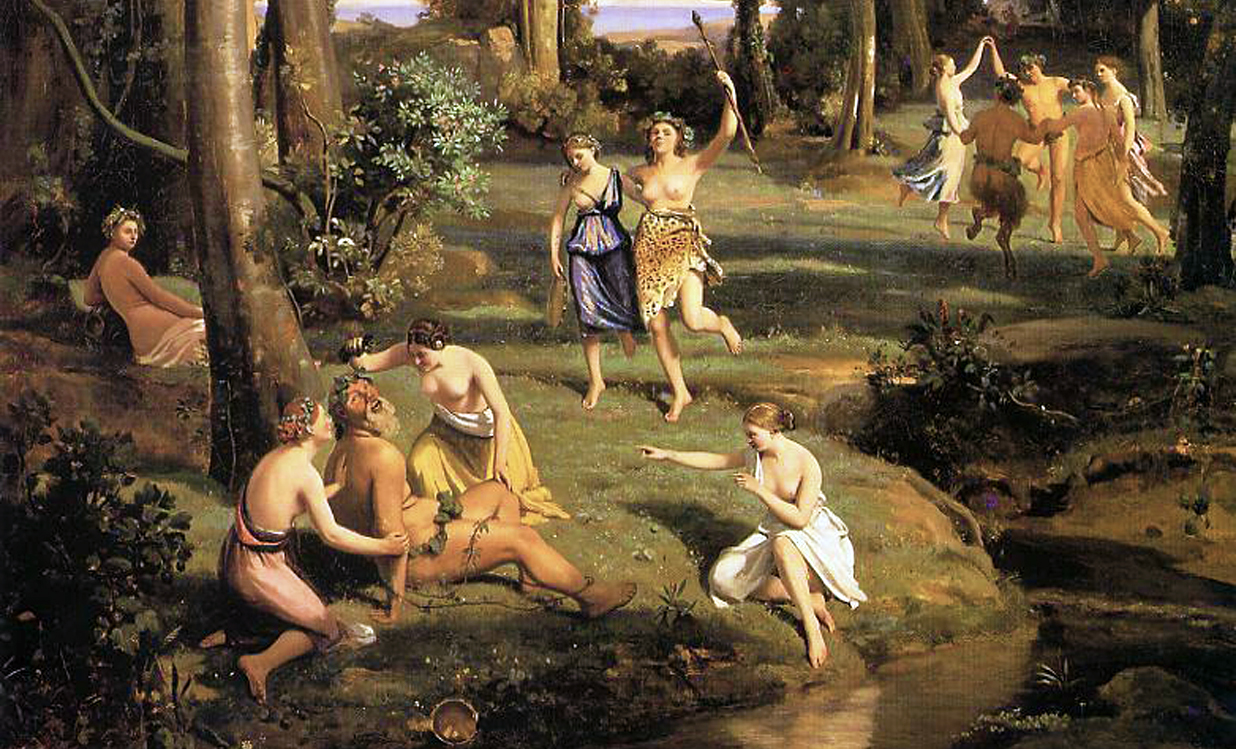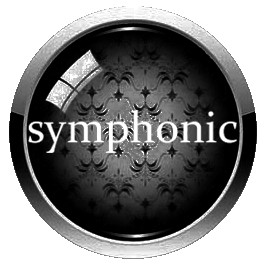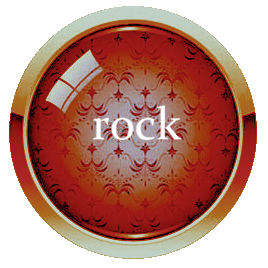
On the Development of Multiple Creative Disciplines
by Lee Duane FitzSimmons
When it comes to the various fields of art, there are often many sources of inspiration that can potentially spark the fires of the creative process. However, sometimes the reverse is true. Therefore, it is important to have multiple inputs of imaginative fancy at one's fingertips. Different branches of art can very easily feed into one another if the imaginative process is constantly put to use in new and creative ways using multiple artistic and scientific disciplines.
Another important aspect to the benefits of having more than one field of artistic endeavor is the alleviation of boredom in all of its many incarnations. Due to the high level of repetition needed to develop one's technical prowess in any type of creative discipline, boredom quickly becomes a factor. It is very easy to lose interest at the early stages of an individual's artistic development in a particular field because only amateurish content can be produced due to lack of technique. Once an artist has gained enough technical proficiency to produce a high-quality product, an enormous amount of repetition has been performed in order to gain these skills.

By having more than one source of artistic passion, the alleviation of boredom in the fields where an individual is technically proficient becomes far easier to accomplish. Learning a new technique in a new field inspires technique and design ideas in the fields with which an artist is already fluent. In addition, the new discipline that the artist is learning is crafted in a new way that is inspired by this individual's proficiency within her/his areas of competency. One art feeds into the next and vice versa.
It should also be noted that the Western theory of "courting the muse" is very damaging to the creative process because reducing creative inspiration into a singular entity is rather limiting to the imaginative whim. The entire notion of "the muse" was not singular when it was first known to have been asserted publicly back in the ninth century B.C. In fact, throughout the centuries, the idea of "the muse" has always been plural. To court one's muse would seem like a restriction of the imagination and not an enlargement of it. Instead, a more proper way of expressing creative inspiration would be "courting the muses." This type of assertion would be more in line with the expressions of the past centuries and would seem to be more likely to gather some type of creative energy from the collective consciousness.
There is also a bit of creative suppression when one uses the verb court. This verb implies that some effort is necessary to garner the affections of the muses. Instead of requesting the aid of just one fairy-muse, it would make more sense to have many ladies performing for the artist in need of inspiration. Therefore, instead of begging for the hand of an aloof muse-maiden, it would be more logical to let the entire harem of the nine muses perform for the artist seeking inspiration.
The fairy-muses of the aesthettic woodlands would then compete with each other for the affections of the individual in need of creative guidance.
* * *
INDEX
 |
 |
 |
 |
 |
 |
HOME * BOOKS * SANCTUARY * BIOGRAPHY
JAZZ * SYLVAN * ELECTRONIC * SYMPHONIC * ROCK * REGGAE
Copyright 2013 by Lee Fitzsimmons